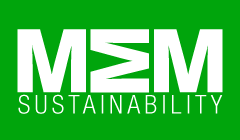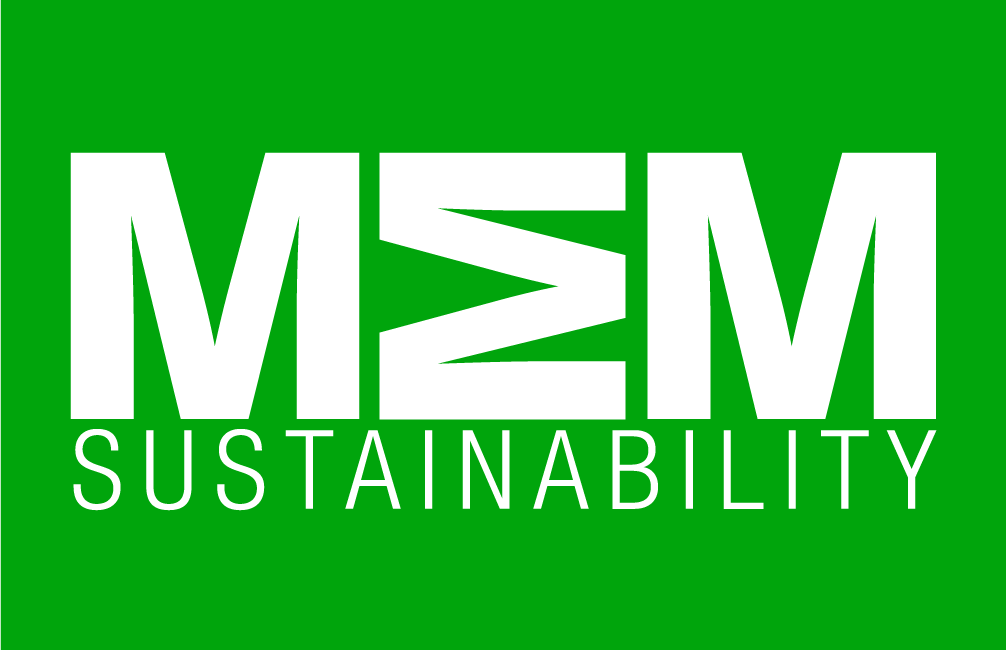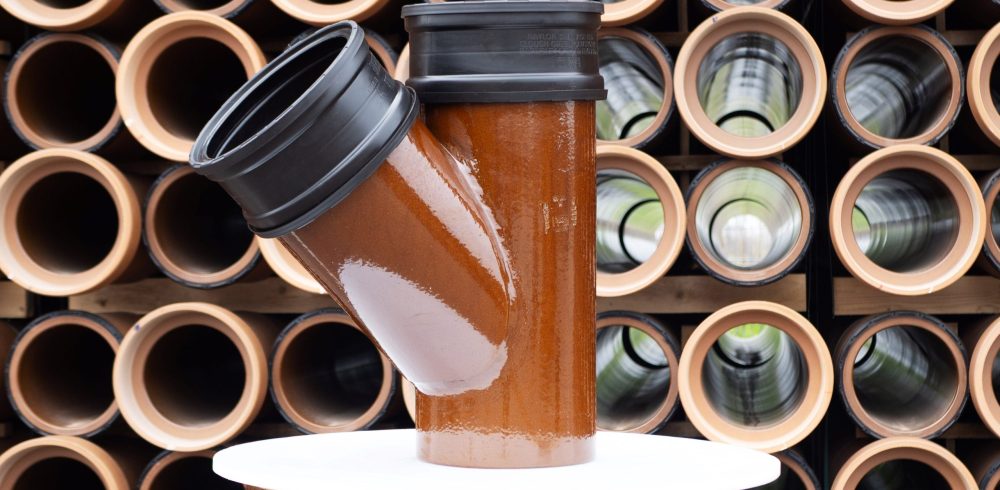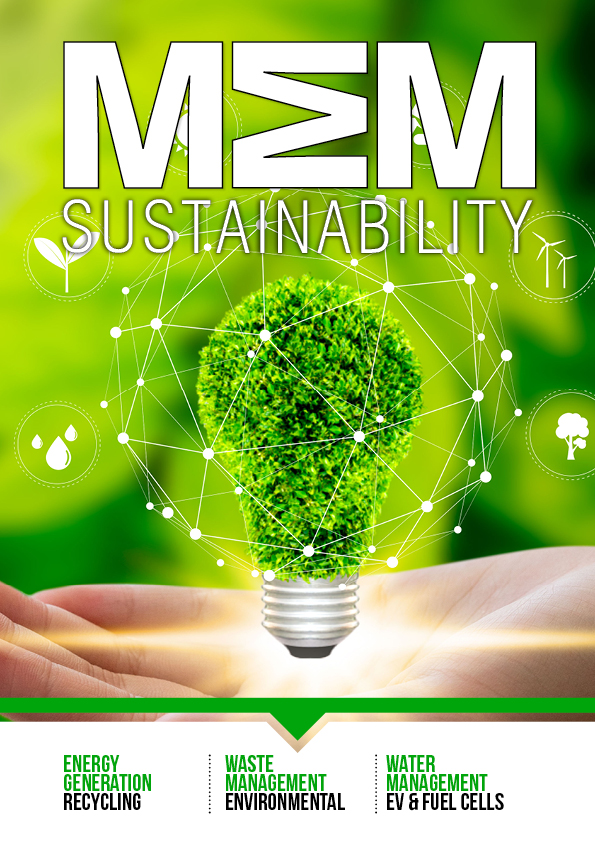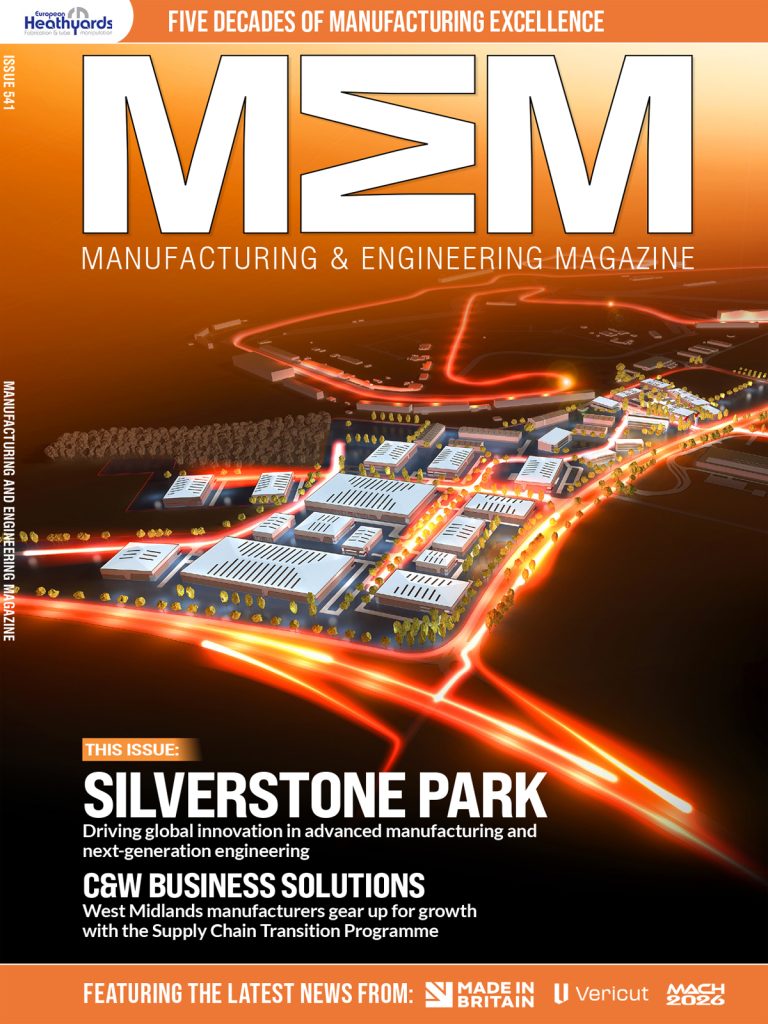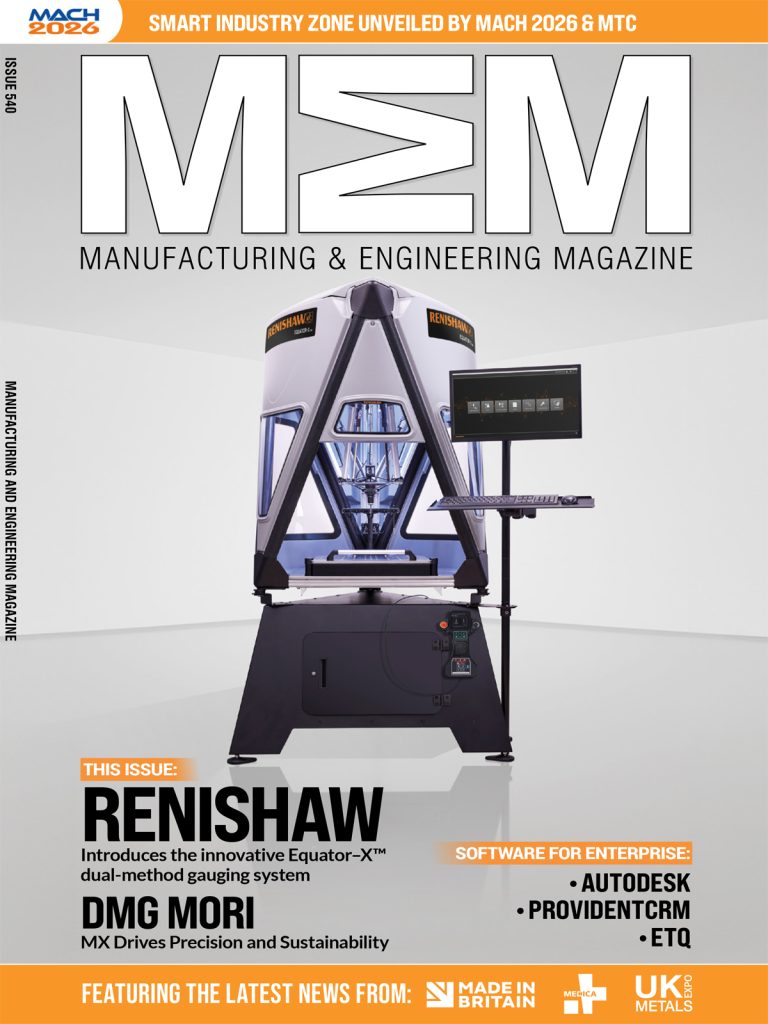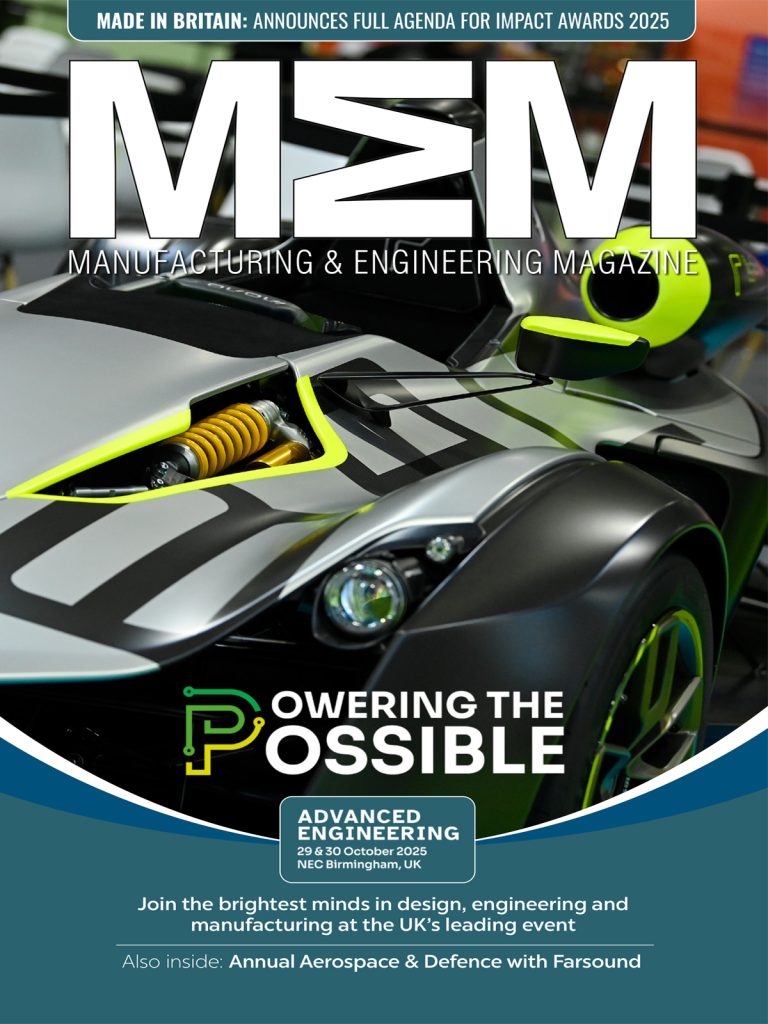For specifiers seeking a sustainable and durable material for sewer, stormwater and drainage systems, vitrified clay pipes have gained favour as a long-term solution.
- Extreme longevity and durability
Vitrified clay pipes do not degrade over time or lose strength when exposed to chemicals commonly found in sewer systems such as hydrogen sulphide. They can outlive the infrastructure around them, lasting more than 150 years in many cases. This makes vitrified clay pipes an ideal sustainable solution for demanding sewer and draining systems.
- High structural strength
With exceptional strength and load-bearing capacity, vitrified clay pipes are ideal for urban environments where heavy traffic and ongoing construction are common. Their strength is achieved through the vitrification process, where natural materials like clay, chamotte and water are fired at extremely high temperatures. This process gives the pipe high durability and density to withstand static and dynamic loads, making vitrified clay pipes suitable for everything from shallow installations to deep sewer systems.
- Sustainable solutions
From an environmental point of view, vitrified clay is a sustainable choice. Vitrified clay pipes are 100% recyclable and enter the production cycle as a valuable raw material. Since these pipes do not degrade, they can be reused, minimising the environmental impact and avoiding waste.
Every ceramic product from Steinzeug-Keramo contains at least 30% recycled content, reinforcing the company’s commitment to the circular economy.
- Easy maintenance
Vitrified clay pipes are appealing to the UK market as they require less frequent maintenance, repair and replacement, thanks to their robustness. The smooth internal surface of vitrified clay pipes also reduces the risk of deposits and minimises friction, lowering life cycle costs for managing drainage systems. Vitrified clay pipes can often be repaired in the ground as their rigid structure allows for spot repairs.
- Zero plastic leaching
In an era where the environmental sustainability of construction products is constantly under scrutiny, vitrified clay pipes offer a sustainable choice. As vitrified clay pipes do not contain any harmful substances and are solely made of natural resources, they can be left in the ground without the fear of polluting the surroundings.
Applications of vitrified clay pipes
Thanks to their durability, chemical resistance and long service life, vitrified clay pipes are commonly used across a wide range of wastewater and sewage systems. Their most common use is in sewer systems, where they are ideally suited for gravity-fed sewage networks. Thanks to their exceptional resistance to corrosion and chemically aggressive substances, they maintain their integrity and performance well over 150 years.
Their non-porous surface and rigidity prevents structural damage, which is a factor in ensuring consistent and low-maintenance flow in underground systems.
Vitrified clay also performs exceptionally well in stormwater drainage applications. In urban environments, stormwater often moves quickly and carries debris, sediment and pollutants that can erode or clog other pipe materials. The abrasion resistance and high compressive strength of vitrified clay allow it to withstand these challenges, making it ideal for areas prone to heavy rainfall and flash flooding.
In the industrial sector, vitrified clay is a reliable solution for transporting effluents from factories and processing facilities. Industrial waste streams often contain corrosive chemicals and high-temperature fluids that can damage other materials. Vitrified clay, however, is able to withstand both thermal and chemical stress. This makes it a safe and reliable solution for plants and processing facilities that need to move wastewater without risk of pipe failure or environmental contamination.
These properties also make vitrified clay pipes particularly suitable in combined sewer systems and deep trench installations, where access and replacement are costly and disruptive. Their long lifespan, coupled with compatibility for trenchless installation and rehabilitation techniques, positions them as a forward-thinking solution for modern infrastructure projects.
For more information on Steinzeug-Keramo, visit: www.steinzeug-keramo.com
Manufacturing & Engineering Magazine | The Home of Manufacturing Industry News
